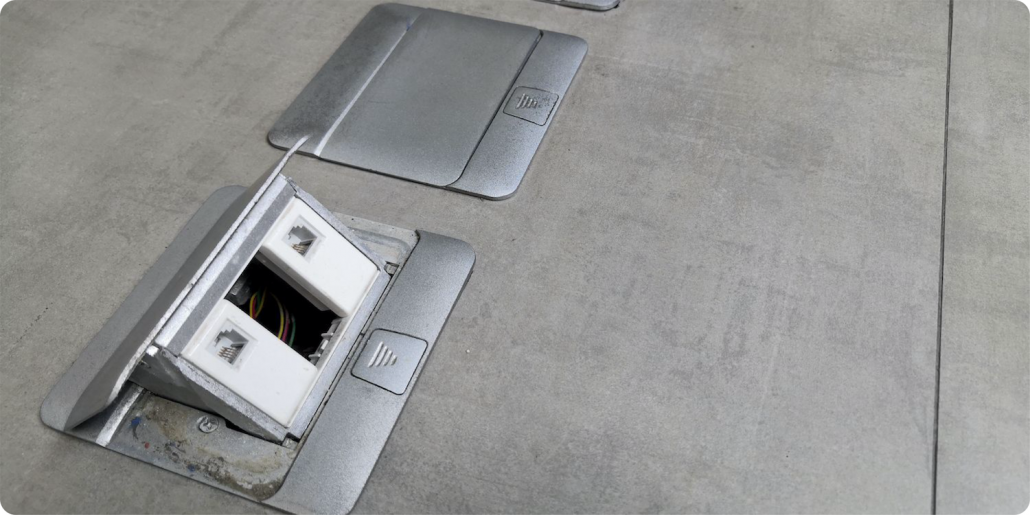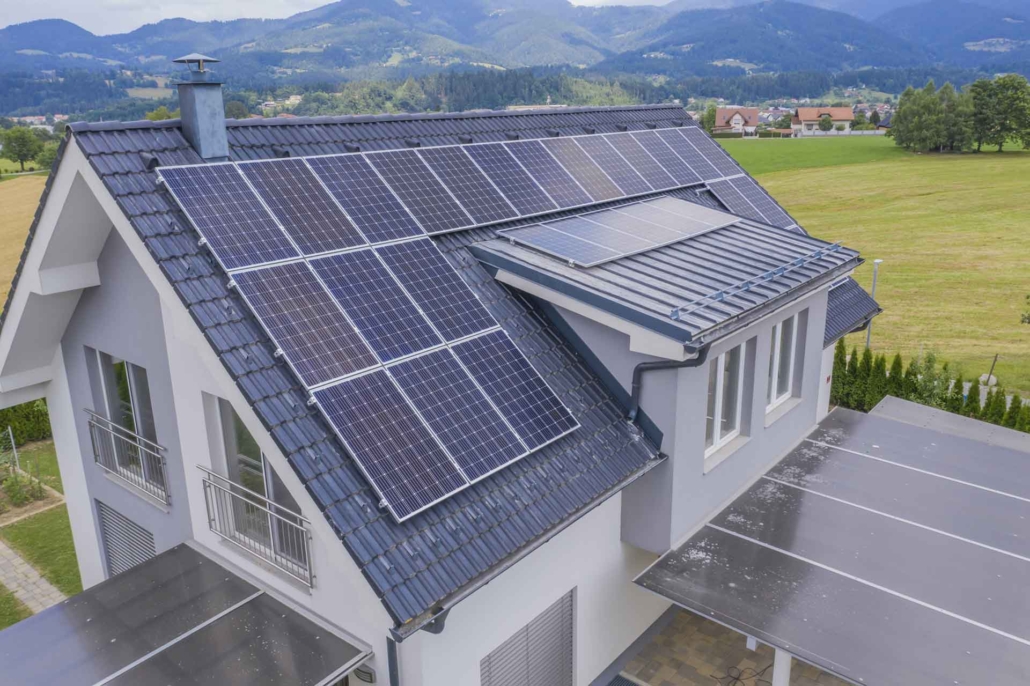June 18, 2019 | Cristina Dinulescu
Whether you are looking to increase the number of power outlets in your home or you just want to add a protection layer between the outside world and your devices, it’s a good idea to consider purchasing a surge protector. There’s a lot of questions around the need for a whole house surge suppressor, such as what is a surge protector exactly? And how does it work? Is it really necessary?
A surge protector does more than just increase your power outlet accessibility, it plays a major role in maintaining the safety of your electronic devices such as laptops and tablets. In fact, the National Fire Protection Association has completed an in-depth data assessment for electrical surge protection devices and the potential impact they have on mitigating the risk that power surges pose to your devices.
What Is A Surge Protector?
Electricity moves from an area of high electric potential to an area with low electric potential, that is, from one end of the wire to the other end. Voltage is the measure of the electric potential energy. When the voltage goes above the normal level for more than 3 nanoseconds, it is referred to as a surge. If the surge is too high, it leads to wear and tear of electronic devices or can possibly even destroy them. A surge makes the electric wire heat up and if it is too hot, it can burn the wire rendering it useless.
A surge protector is a device that detects excess voltage, and then diverts it into a grounding wire, therefore protecting your devices. This explains why all surge protectors have a grounding pin and they must be plugged into a grounded outlet in order to work as intended.
The best option is a whole house surge protector, which helps protect entire circuits from surges, rather than each appliance or device in particular. The old style whole house surge protectors came in the form of a box that’s installed next to the main electrical panel. However, there are newer versions now, such as whole house surge breakers that are installed inside the electrical panel.
When to Use a Surge Protector?
Most people often think that the main culprit of electrical surging is lightning which is not true. Though lighting causes electrical surges, the voltage from lightning is too great and a surge protector will not be able to withstand the power. During a lightning strike, the only way to protect electrical devices from being surged is to unplug them.
It’s in fact electrical appliances that cause surges, mainly the ones that require a lot of power to operate. Appliances and devices that make the lights flicker when they’re switched on and off, such as an air conditioner, can also cause surges. The reason behind it is that they use a lot of electricity, which strains the grid and in turn causes surges.
You should be using a surge protector all the time, which is why the whole house surge breaker is an ideal option. There are many electrical devices in any home that stand to benefit from such protection.
You may not need a surge protector for a standing fan or a desk lamp but you will want it for your expensive electrical devices, such as:
- Smart TVs;
- Laptops and desktop computers;
- Game consoles and systems;
- Media centers;
- Phone chargers;
- High-tech kitchen appliances;
- Smart home hubs.
Choosing the Right Surge Protector
The first thing that you should look for in a surge protector is an indicator light. It lets you know that the surge protector is working properly. As for the power, check for the UL rating on the surge protector. This rating is put out by Underwriters Laboratories and it tests the safety of the device. Do not buy a surge protector without a UL rating.
If you’re buying a whole house surge breaker, the Siemens circuit breaker and Surge Protective Device (SPD) is a great choice. It features highly effective TVSS integrated with two 1-pole circuit breakers.
There are other factors to consider when buying a surge protector, such as the response time, its joules rating, and clamping voltage. Here are a few tips to help you make the right purchasing decision:
Clamping voltage
This is the measurement of voltage that prompts the surge protector to redirect the excess electricity away from the devices. A lower clamping voltage rating will protect your devices better.
Response time
This is the time it takes for the surge protector to detect an electricity surge. The lower the response time, the faster the response, which reduces the time the devices are exposed to a surge, thus providing better protection.
Joule rating
This is the maximum energy the surge protector can absorb. If the surge exceeds this limit, the product is damaged. The higher the joule rating the longer the lifespan of the product.
Electrical surges are common and they can damage electronic devices hence the need to use surge protectors to ensure your devices are safe. Use a surge protector for the valuable electronics and check to see that you choose one that is rated for your needs.
If you are in need of any type of electrical repairs or installation, call Penna Electric. Our knowledgeable, experienced staff will get your electrical work done right the first time every time.
The right electrical upgrade can dramatically improve the value and appearance of any home or business. You’ll be amazed at what a difference the right electrical upgrade can make for your home or business. Make sure that when you select an electrical company to do the enhancement of your home and you have decided to take your enhancement to the level where you require an electrical upgrade that the technician at the company has a good working knowledge and the experience to properly guide you in this area.
When you decide to upgrade, our well-trained and certified electricians have all the experience and training needed to complete your electrical panel upgrade project from start to finish, with a minimum of fuss or disturbance. Please contact us right away at 310-800-2401








